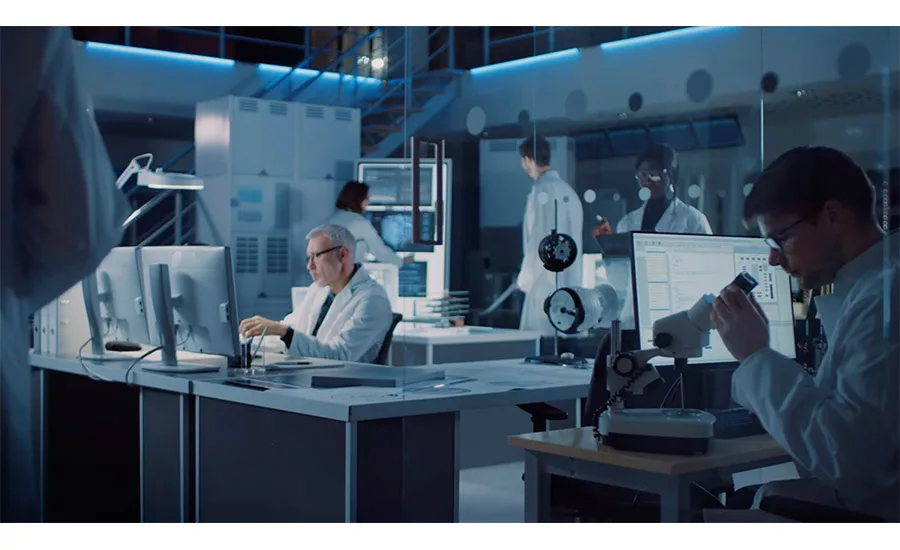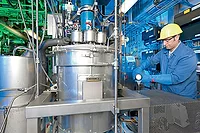Focusing on Research and Development in the Adhesives and Sealants Industry
Though the events of the past two years have posed significant potential roadblocks to research and development efforts, companies in the adhesives and sealants industry are still focused on innovation.

What digitalization tools do you use throughout your R&D processes, and what benefits do these tools provide?
Thomas Lys, Director of Technical Services Construction, Omya, Inc.: We recently started up a new HTE lab, which provides significantly higher sample and testing throughput and allows for 24/7 R&D work. The HTE is in this way an asset to speed up innovation and technical support for customers. We are also developing virtual onsite support for our customers by using connected googles to assist them even being in a remote location.
Vinita Sharma, Vice President, Product Management & Development, Berry Global: As a company with global capabilities, coordination across multiple sites is required to support our R&D efforts. Of course, there are foundational tools such as Microsoft Office (O365), digital project management and data tracking software, and statistical software for quality assurance. There are specific maintenance tools and regulatory compliance software we use, as well as 3D design and simulation technologies.
These pieces of software facilitate communication, project tracking, planning, report writing, as well as quality assurance and raw material qualification. The most important aspect of these tools is the ability to allow communication across the organization, stemming from R&D, so connectivity is a primary driver of the digitalization tools we select.
Michael Todd, Global Head of Innovation, Henkel Adhesive Technologies: I would like to highlight two key tools that make a difference at Henkel. The first one is our global end-to-end structured data platform. This platform allows us to simultaneously capture every experiment, test, and formulation design and share it in real-time within our innovation network across the world. This provides a huge advancement to share knowledge, to avoid double-work, and to connect our scientists and engineers around the globe.
The second digital key tool for R&D is our lab automation. By implementing smart hardware that is integrated into our data platform for immediate data exchange, we can make use of modern robotics and automation equipment that help accelerate the testing and development of materials in the lab and which also has the added advantage to increase experimental testing accuracy.
What end-use sectors are most prompting your development efforts?
Looking for a reprint of this article?
From high-res PDFs to custom plaques, order your copy today!









